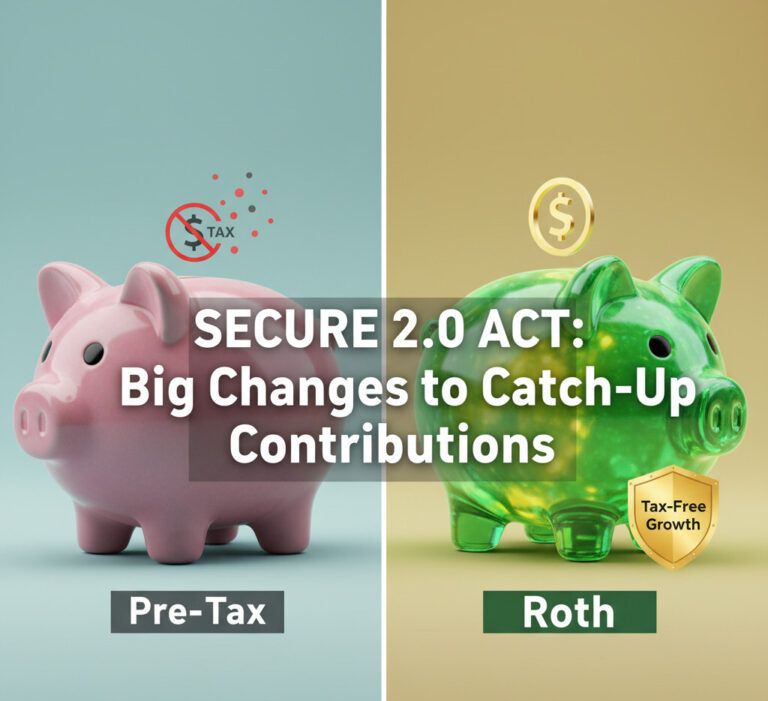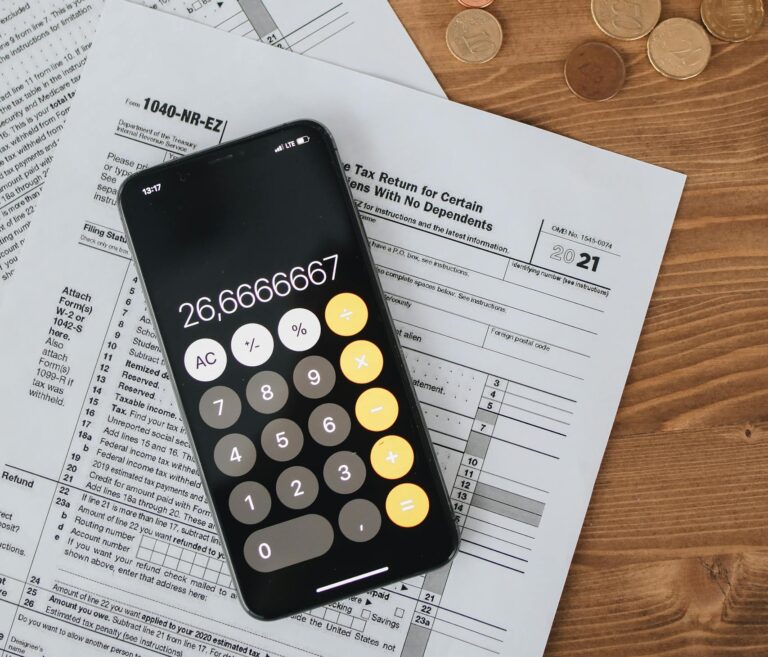IRS Unveils 2026 Tax Brackets & Inflation Adjustments: What You Need to Know
As we navigate our finances, looking ahead is just as important as managing the present. Have you ever wondered how inflation affects your taxes from one year to the next? The IRS just gave us a clear picture by releasing Revenue Procedure 2025-32, which outlines the annual inflation adjustments for tax year 2026. These are the numbers you’ll use when you file your taxes in 2027, and understanding them now can make a huge difference. Let’s dive in and see what’s changing! 😊
The Foundation: OBBBA and Permanent Changes 🤔
Before we get into the numbers, it’s crucial to understand the context. These adjustments are built upon the significant and permanent tax changes introduced by the Public Law 119-21, also known as the One, Big, Beautiful Bill Act (OBBBA). This act solidified many tax provisions that were previously temporary, setting a new baseline from 2025 onwards. The 2026 figures are the first inflation-based evolution of that new baseline.
The tax adjustments for Tax Year 2026 (TY 2026) will apply to the tax returns you file at the beginning of 2027. It’s all about planning for the income you’ll earn in 2026.
Core Adjustments: Standard Deduction & Income 💰
One of the most significant changes for most taxpayers is the increase in the standard deduction. This means you can deduct a larger amount from your income without having to itemize. Additionally, key income exclusions and business deductions have also seen a bump. Let’s compare the numbers.
Key Dollar Amount Comparison (2025 vs. 2026)
| Provision | TY 2025 (Under OBBBA) | TY 2026 (Inflation Adjusted) | Increase |
|---|---|---|---|
| Standard Deduction (Married Filing Jointly) | $31,500 | $32,200 | $700 |
| Standard Deduction (Heads of Households) | $23,625 | $24,150 | $525 |
| Standard Deduction (Single / MFS) | $15,750 | $16,100 | $350 |
| Foreign Earned Income Exclusion | $130,000 | $132,900 | $2,900 |
| Section 179 Expensing Limit | $2,500,000 | $2,560,000 | $60,000 |
| Section 179 Phaseout Threshold | $4,000,000 | $4,090,000 | $90,000 |
A Look at the 2026 Tax Brackets 📊
Thanks to OBBBA, the seven individual tax rates are here to stay: 10%, 12%, 22%, 24%, 32%, 35%, and 37%. While the rates themselves haven’t changed, the income thresholds for each bracket have been adjusted upwards to account for inflation. This is good news, as it means you can earn more money before being pushed into a higher tax bracket.
📝 Key 2026 Income Thresholds
- The lowest rate of 10% applies to single individuals with taxable incomes of $12,400 or less ($24,800 or less for married couples filing jointly).
- The top rate of 37% applies to single individuals with incomes greater than $640,600 ($768,700 for married couples filing jointly).
Updates to Tax Credits & Special Items 👨👩👧👦
Tax credits are valuable because they reduce your tax liability dollar-for-dollar. For 2026, several key credits have been adjusted. The Child Tax Credit maximum remains the same as set by OBBBA, but other important credits for families and workers have increased.
| Provision | TY 2025 Figure | TY 2026 Figure | Change |
|---|---|---|---|
| Child Tax Credit (Maximum) | $2,200 | $2,200 | $0 (No Change) |
| Child Tax Credit (Refundable Portion) | $1,700 | $1,700 | N/A (No Change) |
| Adoption Credit (Max Qualified Expenses) | $17,280 | $17,670 | +$390 |
| EITC (Max, 3+ Children) | $8,046 | $8,231 | +$185 |
Health & Fringe Benefit Adjustments ⚕️
For those who use tax-advantaged health accounts or receive fringe benefits, these inflation adjustments are important. The contribution limits for Health Flexible Spending Arrangements (FSAs) have increased, as have the monthly limits for transportation benefits.
| Benefit | TY 2025 Figure | TY 2026 Figure | Increase |
|---|---|---|---|
| Health FSA Contribution Limit | $3,300 | $3,400 | $100 |
| Health FSA Carryover Limit | $660 | $680 | $20 |
| Transportation Fringe/Parking (Monthly) | $325 | $340 | $15 |
Estate and Gift Tax Updates 🎁
One of the most substantial jumps is in the estate tax exclusion. For decedents dying in calendar year 2026, the basic exclusion amount has increased by over a million dollars. The annual gift exclusion for non-citizen spouses also saw a bump, though the general annual gift exclusion remains unchanged.
The estate tax basic exclusion amount for 2026 is now $15,000,000, up from $13,990,000 in 2025. This is a significant change for high-net-worth individuals and families engaged in estate planning.
It’s just as important to know what isn’t changing. Thanks to OBBBA, some provisions are now permanent and are not indexed for inflation. The Personal Exemption remains at $0, and the old limitation on itemized deductions (“Pease” limitation) is also permanently gone. Furthermore, the income phase-out ranges for the Lifetime Learning Credit have not been adjusted for inflation since 2020.
2026 Tax Adjustments at a Glance
Conclusion: Key Summary 📝
Staying informed about these annual adjustments is key to effective tax planning. The 2026 changes reflect a continued response to inflation, providing modest relief by expanding deductions, credits, and income brackets. While many figures have increased, the permanent changes from OBBBA, like the $0 personal exemption, continue to shape our tax landscape.
Understanding how these numbers might impact your specific financial situation is the next step. If you have any questions about what this means for you, feel free to ask in the comments~ 😊







